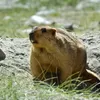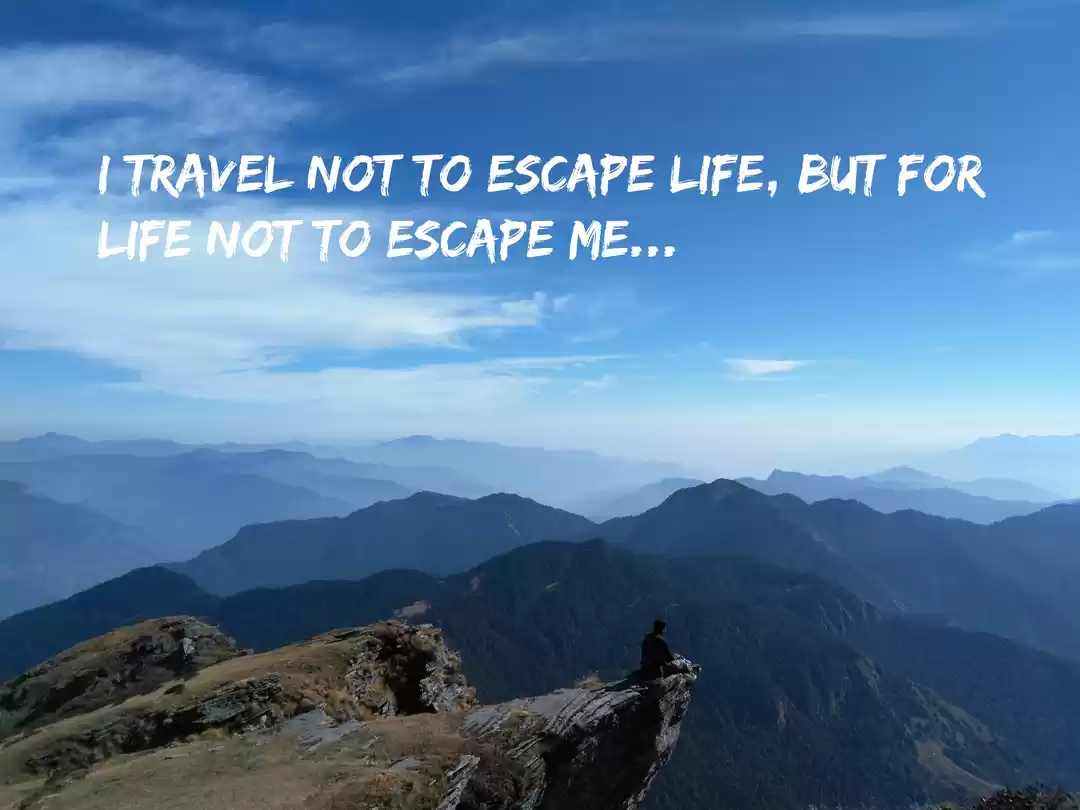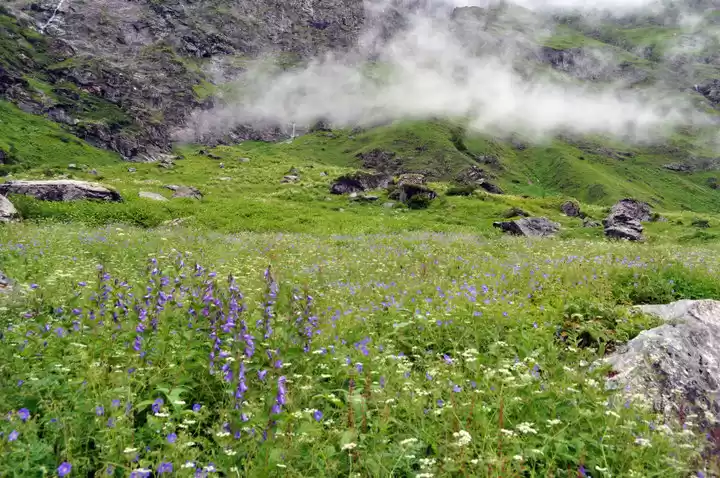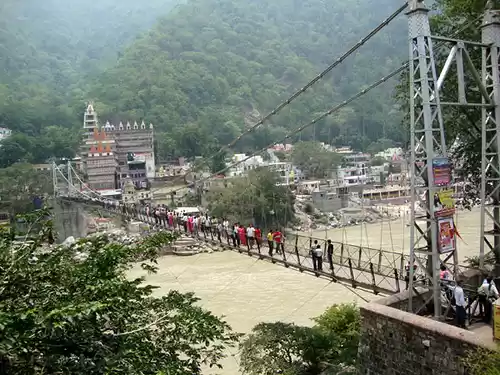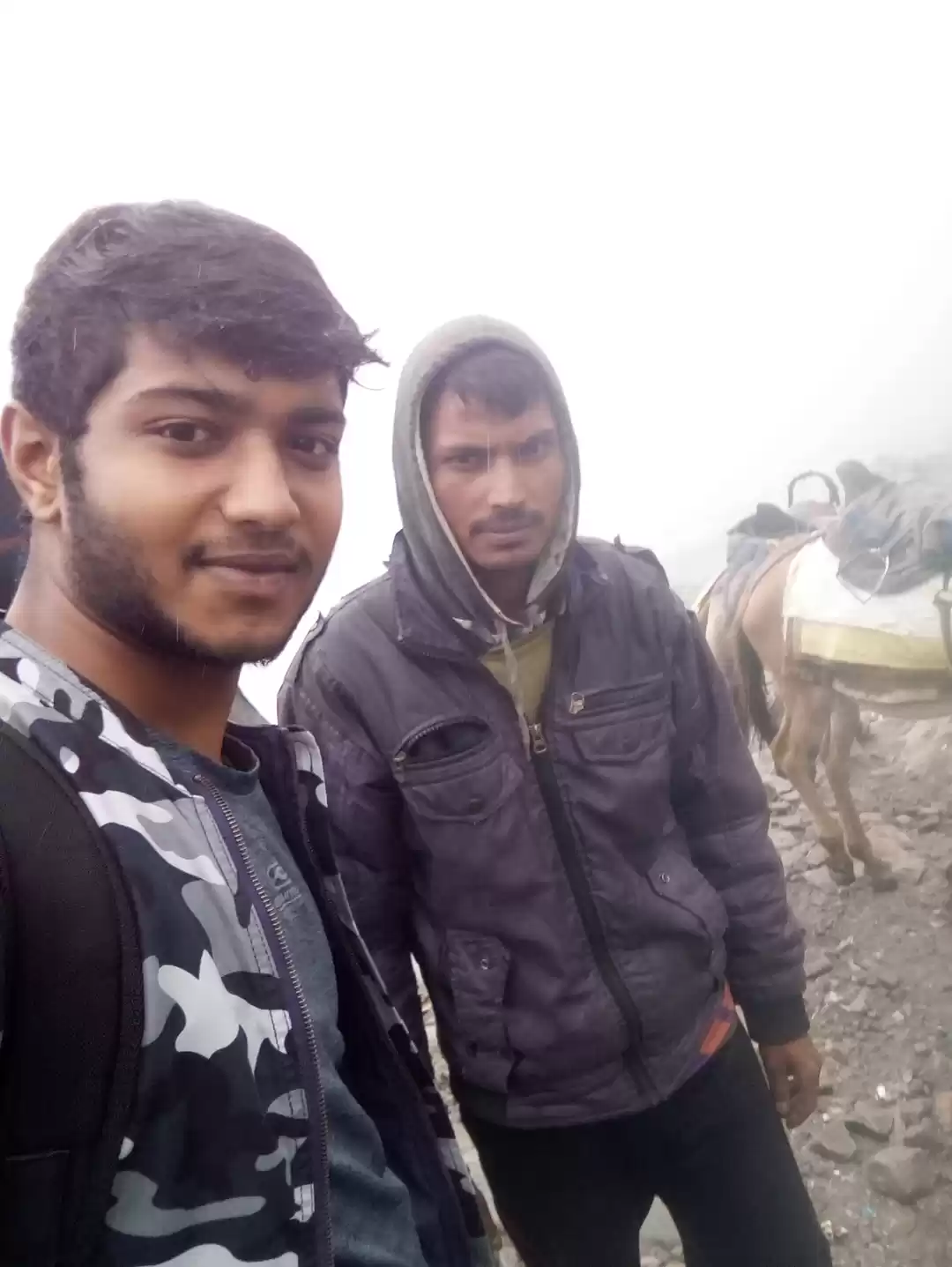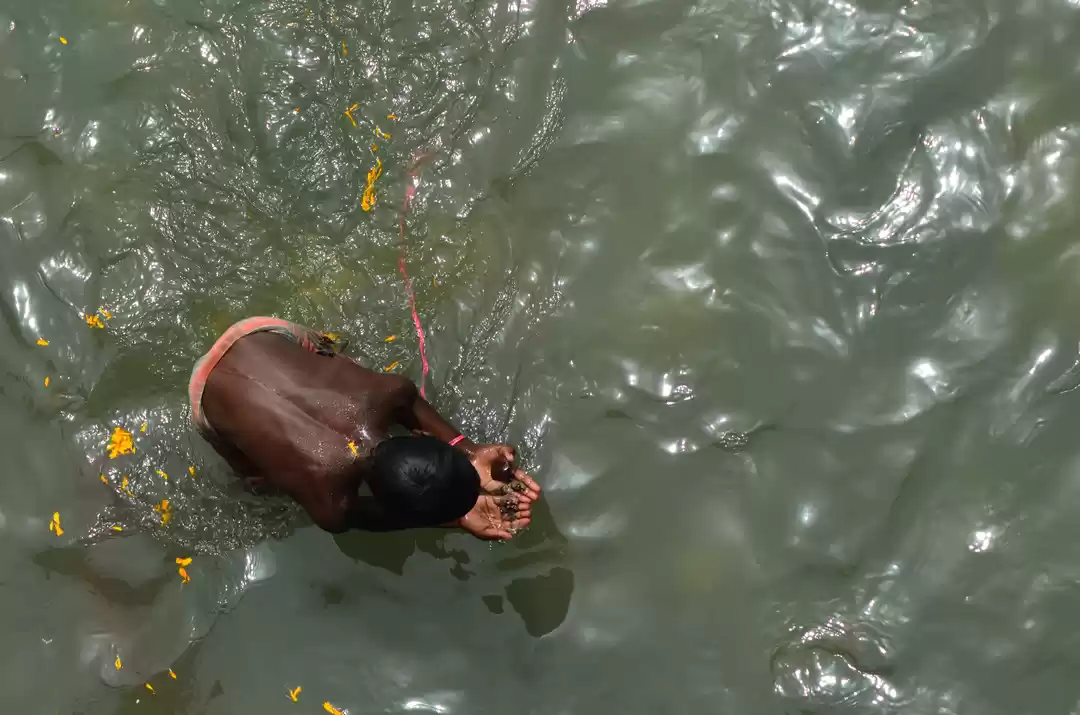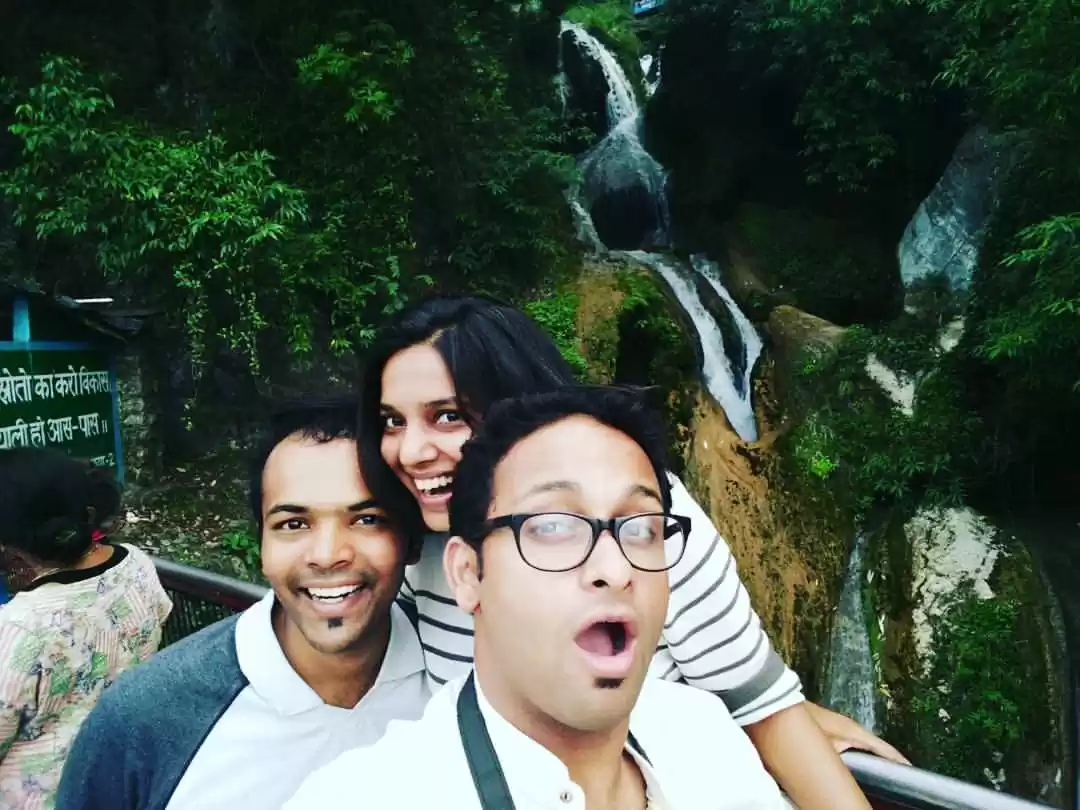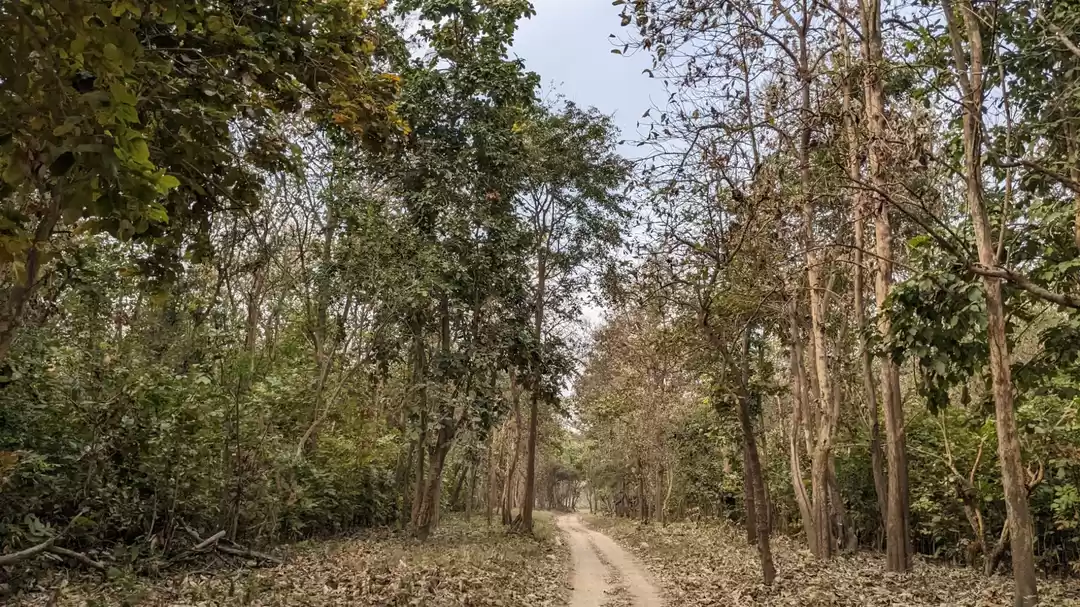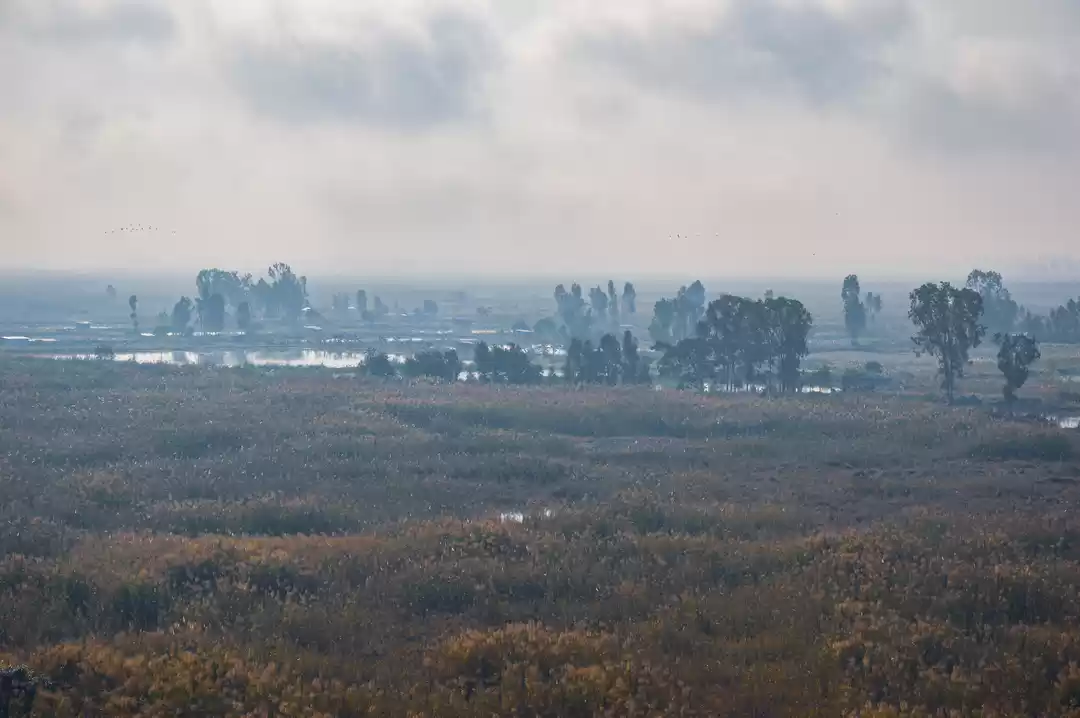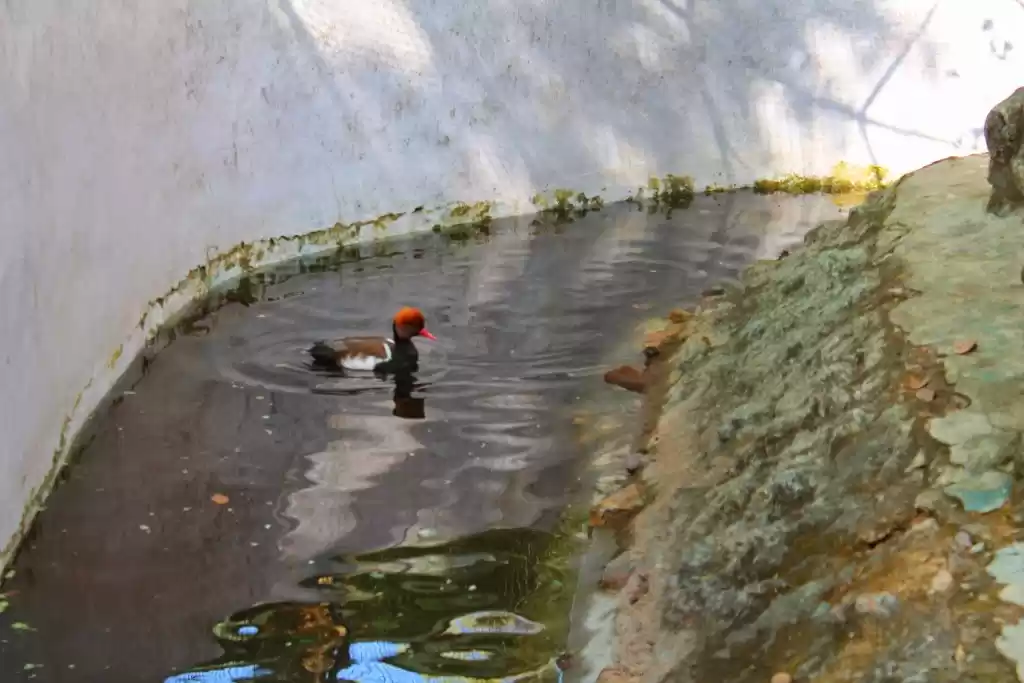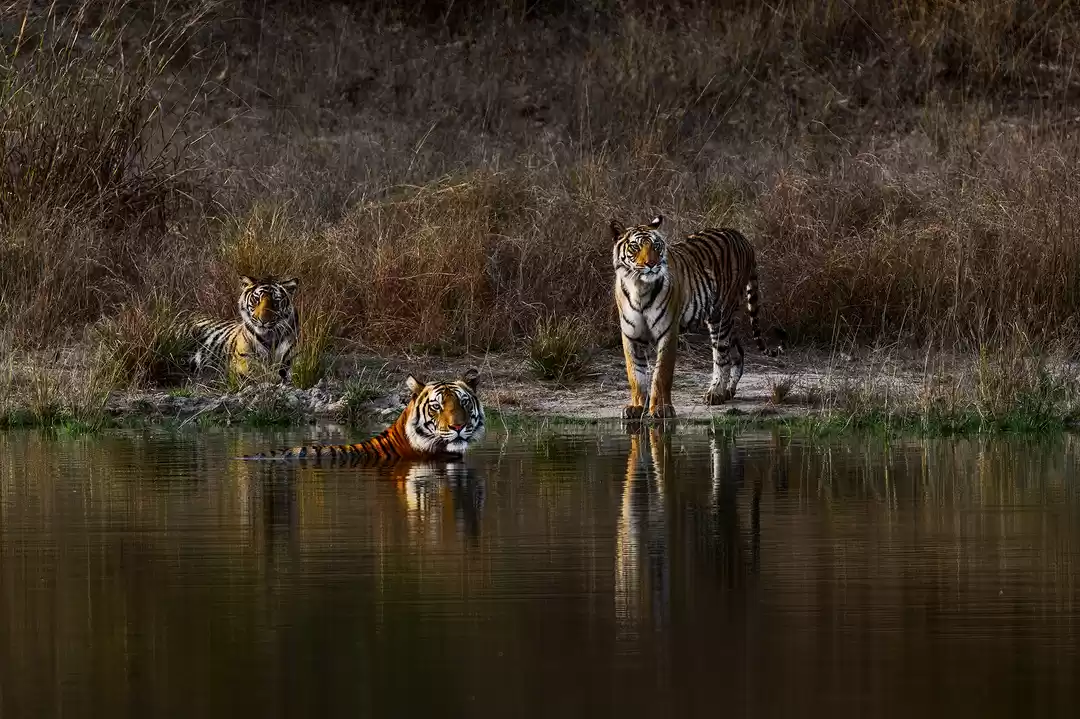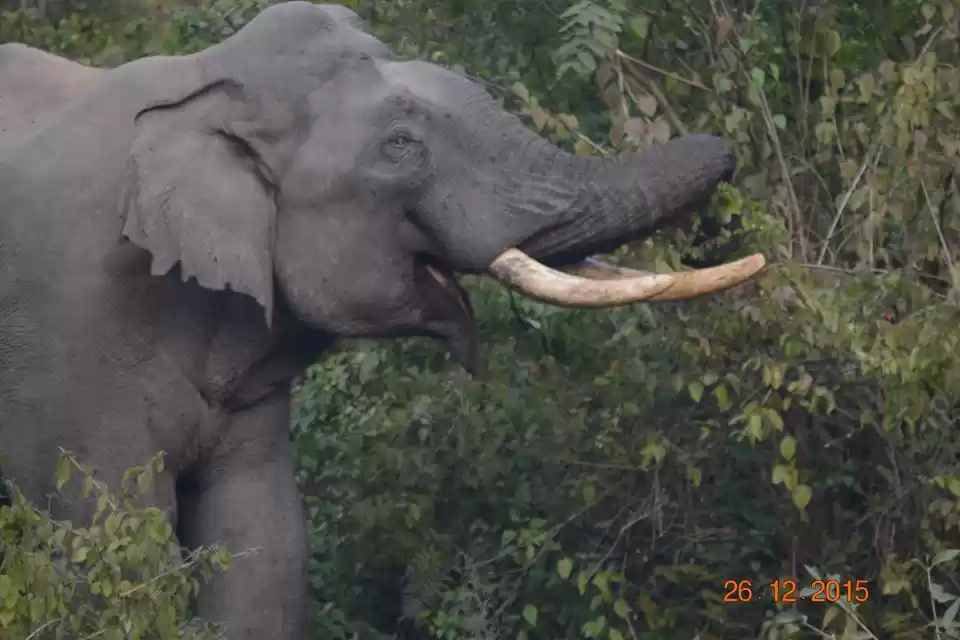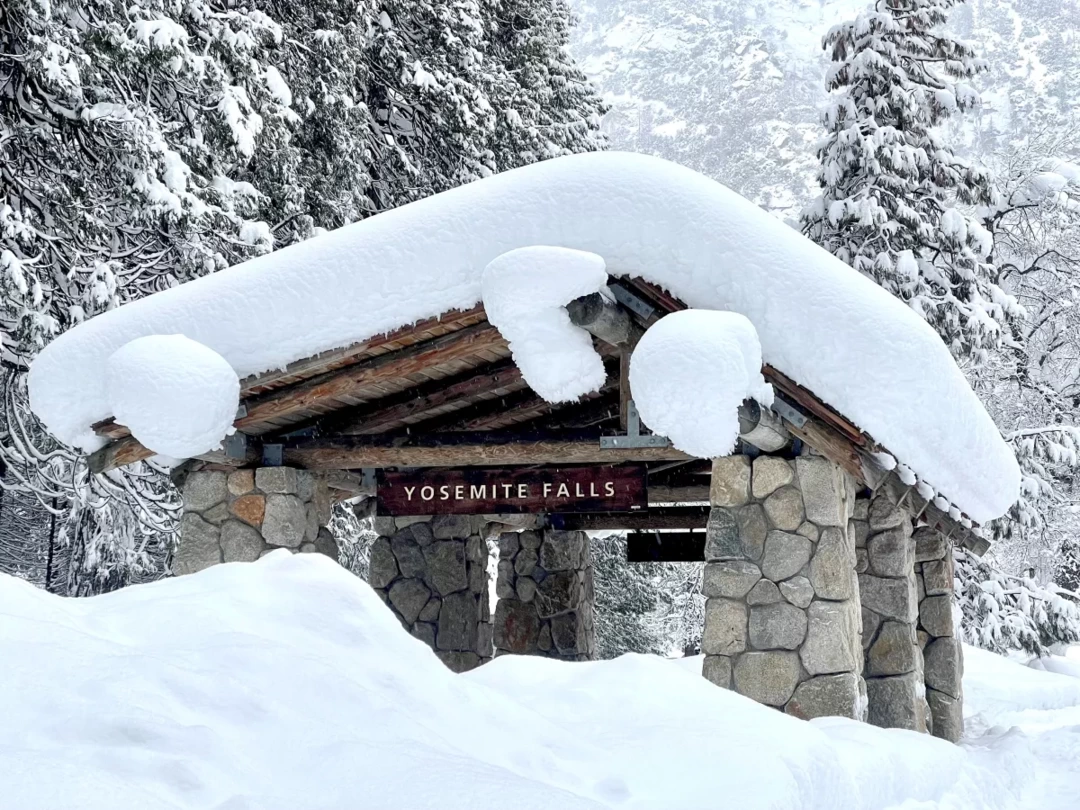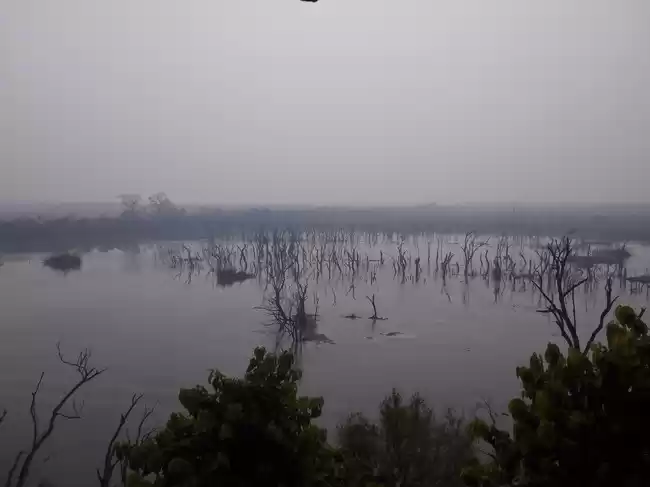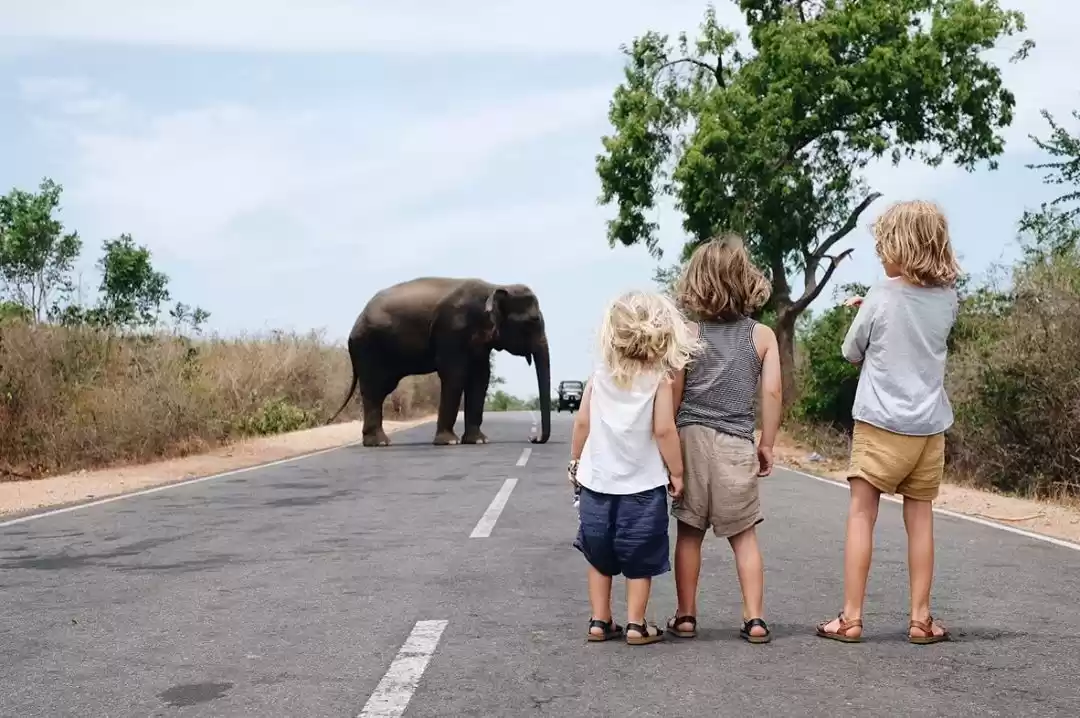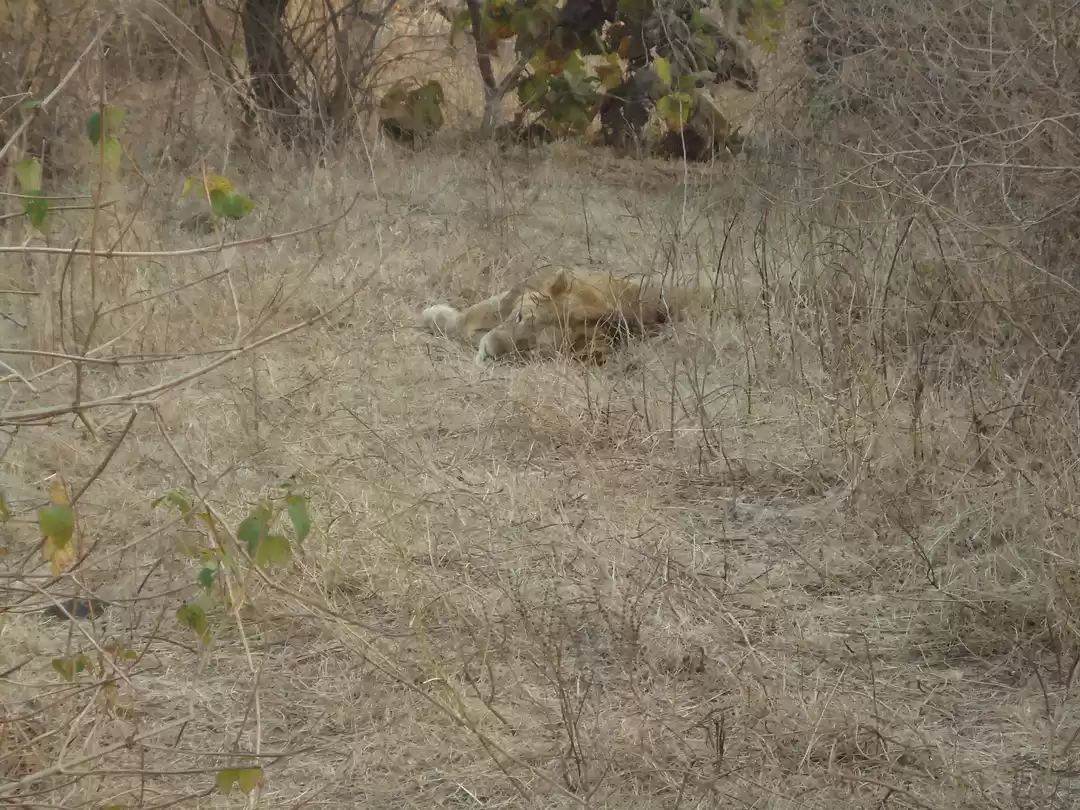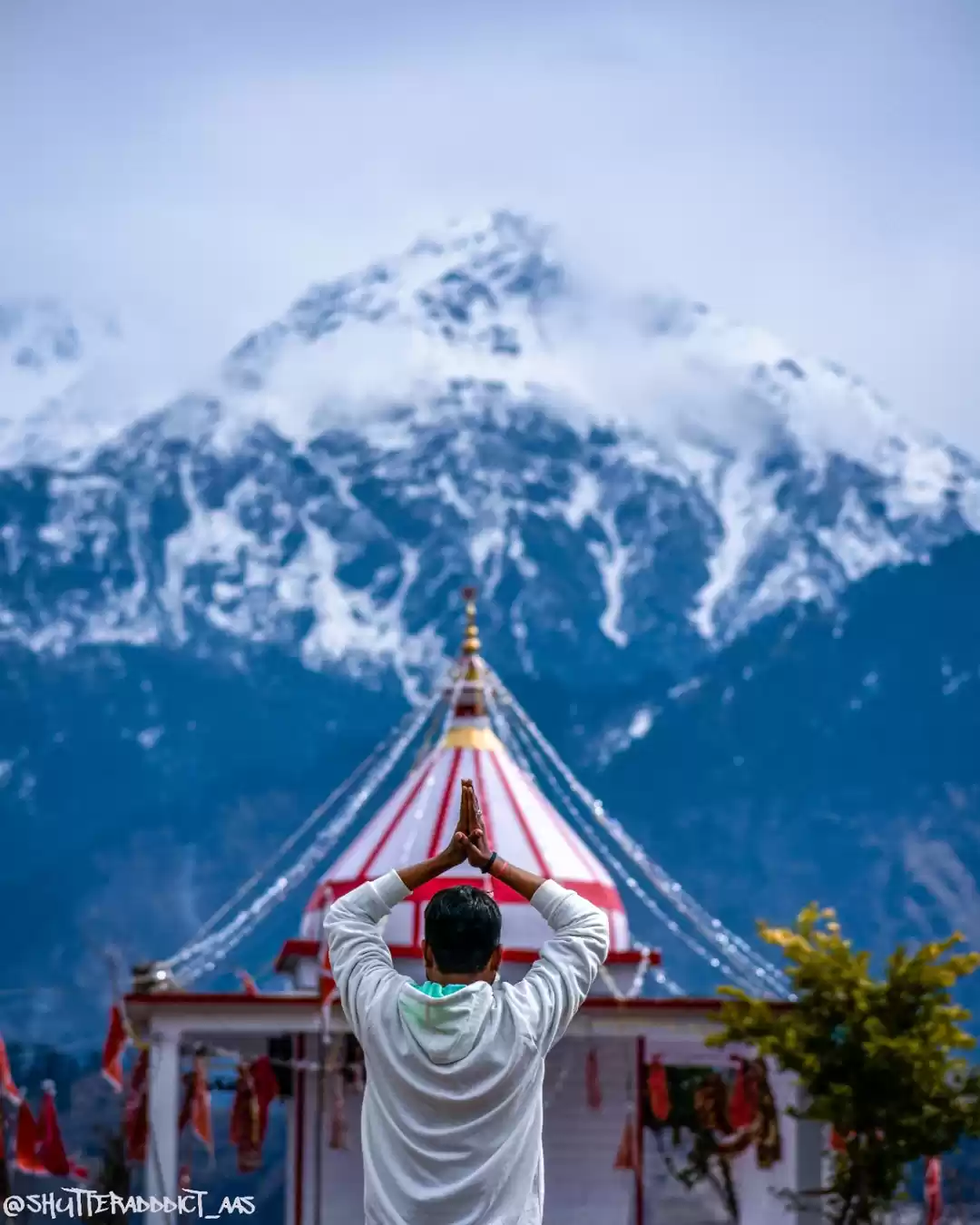Have you ever dreamed of trekking in the Himalayas, surrounded by snow-capped peaks, glaciers, rivers, and gorges? Do you want to witness the rich and diverse flora and fauna of one of the most pristine and protected areas in the world? If yes, then you should definitely visit Nanda Devi National Park, a UNESCO World Heritage Site and a Biosphere Reserve in Uttarakhand, India.
Nanda Devi National Park is located in the Chamoli district of Uttarakhand, in the upper reaches of the Garhwal Himalayas. It covers an area of 630.33 sq km and has an elevation range of 2,100 to 7,817 meters above sea level. It is named after Nanda Devi, the highest peak in India (excluding Kashmir) and the second highest in the world (after Mount Everest). Nanda Devi means “Bliss-Giving Goddess” in Sanskrit and is revered by the local people as a manifestation of Parvati, the consort of Lord Shiva.
Nanda Devi National Park is one of the most spectacular and remote wilderness areas in the world. It is home to a rich and diverse biodiversity, including many globally threatened and uncommon species of plants and animals. It is also a trekker’s paradise, offering a thrilling and scenic trekking experience in the Himalayan wilderness.
In this article, we will tell you everything you need to know about Nanda Devi National Park, its history, its flora and fauna, its trekking routes, its best time to visit, its how to reach, and its tips for a safe and enjoyable visit.
History of Nanda Devi National Park
Nanda Devi National Park has a long and fascinating history. It was first explored by British mountaineers and hunters in the early 20th century, who were attracted by its beauty and mystery. The first successful ascent of Nanda Devi was made by Hugh Ruttledge and Tilman in 1936. The park was declared as a sanctuary in 1939 by the British government to protect its wildlife from poaching.
After India’s independence in 1947, the park remained largely inaccessible and unexplored until 1974, when an Indo-American expedition led by Willi Unsoeld and Eric Shipton entered the inner sanctuary of the park. They climbed Nanda Devi from a new route and named a subsidiary peak after Unsoeld’s daughter Nanda Devi Unsoeld, who died during the expedition.
In 1982, the park was declared as a national park by the Indian government to conserve its natural resources and biodiversity. In 1988, it was inscribed as a UNESCO World Heritage Site along with the adjacent Valley of Flowers National Park under the name “Nanda Devi and Valley of Flowers National Parks”. In 2004, it was designated as a Biosphere Reserve under the UNESCO Man and Biosphere Programme.
The park has faced many challenges and threats over the years due to human interference, natural disasters, and climate change. It has been closed to tourists several times due to security reasons, environmental concerns, or political unrest. However, it has also witnessed many achievements and initiatives for its management and preservation. For example, in 2005, a joint expedition by Indian and American scientists discovered a new species of bird called Himalayan Forest Thrush (Zoothera salimalii) in the park. In 2019, a team of Indian mountaineers retrieved four bodies of climbers who went missing on Nanda Devi East peak in 2019.
Flora and Fauna of Nanda Devi National Park
Nanda Devi National Park is one of the richest and most diverse biosphere reserves in the world. It has a wide variety of flora and fauna that reflect its varied topography, climate, soil, habitat, species, communities, and ecosystems.
The park has four distinct vegetation zones: alpine, sub-alpine, temperate, and sub-temperate. The alpine zone covers the highest altitudes above 5,500 meters, where only lichens, mosses, and some hardy herbs can survive. The sub-alpine zone ranges from 4,000 to 5,500 meters, where grasslands, shrubs, and dwarf rhododendrons dominate. The temperate zone extends from 3,000 to 4,000 meters, where mixed forests of oak, maple, birch, and fir are found. The sub-temperate zone covers the lowest altitudes below 3,000 meters, where broad-leaved forests of pine, cedar, walnut, and rhododendron are prevalent.
The park has more than 312 species of flowering plants, including many endemic and rare species. Some of the most notable ones are brahmkamal (Saussurea obvallata), blue poppy (Meconopsis aculeata), rhododendron (Rhododendron arboreum), juniper (Juniperus communis), and primrose (Primula denticulata).
The park has more than 200 species of animals, including 18 species of mammals, 100 species of birds, and 31 species of butterflies. Some of the most remarkable ones are snow leopard (Panthera uncia), Himalayan black bear (Ursus thibetanus), brown bear (Ursus arctos), leopard (Panthera pardus), common langur (Semnopithecus entellus), Himalayan musk deer (Moschus chrysogaster), bharal (Pseudois nayaur), Himalayan tahr (Hemitragus jemlahicus), serow (Capricornis sumatraensis), goral (Naemorhedus goral), Himalayan monal (Lophophorus impejanus), cheer pheasant (Catreus wallichii), snow partridge (Lerwa lerwa), and golden eagle (Aquila chrysaetos).
Trekking in Nanda Devi National Park
Nanda Devi National Park is a dream destination for trekkers who love adventure and nature. It offers a challenging and rewarding trekking experience in the Himalayan wilderness. The trekking route passes through dense forests, alpine meadows, rocky slopes, glacial moraines, and snow-covered peaks. The trekking route also offers stunning views of Nanda Devi and other majestic mountains, such as Trishul, Dunagiri, Changabang, and Nanda Kot.
The trekking route starts from Lata village, which is the entry point to the park. The trekking route follows the Dhauli Ganga river valley and then ascends to Lata Kharak, a high-altitude meadow and campsite. The trekking route then crosses the Dharansi Pass, which is the gateway to the inner sanctuary of the park. The trekking route then descends to Debrugheta, another meadow and campsite. The trekking route then climbs to Satkula, a glacial basin and the base camp for Nanda Devi. The trekking route then returns to Lata village via the same route.
The trekking route is about 50 km long and takes about 8 to 10 days to complete. The trekking route has an altitude gain of about 2,500 meters and a difficulty level of moderate to difficult. The trekking route requires permits and permissions from the forest department and the army. The trekking route is open from May to October, which is the best time to visit the park for trekking purposes.
The trekking route is not for beginners or faint-hearted. It requires physical fitness, mental stamina, proper equipment, and guidance. The trekking route is also prone to landslides, avalanches, rockfalls, and weather changes. Therefore, trekkers should follow some tips and precautions for trekking in the park safely and responsibly:
- Hire a local guide or join a reputed tour operator who knows the terrain and the rules of the park.
- Carry adequate food, water, clothing, footwear, sleeping bags, tents, first-aid kits, and other essentials for camping and survival.
- Respect the wildlife and do not disturb or feed them. Keep a safe distance from them and avoid their habitats.
- Respect the local culture and customs and do not litter or damage their property or resources.
- Follow the instructions and regulations of the forest department and the army and do not venture into restricted or dangerous areas.
Conclusion
Nanda Devi National Park is a unique and amazing destination that offers a rare opportunity to explore and appreciate the Himalayan wilderness. It is a place where nature’s beauty, diversity, and mystery are at their best. It is also a place where human’s courage, curiosity, and creativity are tested and rewarded.
If you are looking for an unforgettable adventure and a lifetime experience, then you should definitely visit Nanda Devi National Park.
However, you should also be prepared for the challenges and risks that come with it. You should also be responsible for your actions and their impacts on the environment and the people.


